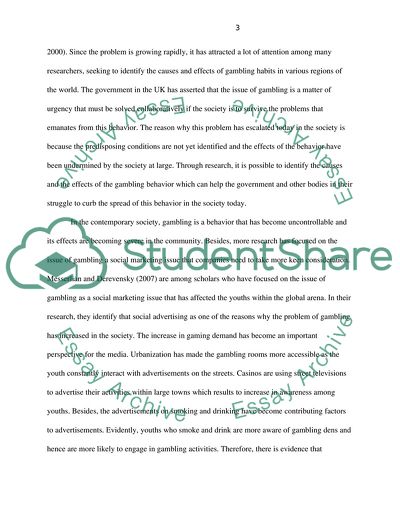Cite this document
(Investigating a Social Marketing Issue: Gambling Coursework, n.d.)
Investigating a Social Marketing Issue: Gambling Coursework. https://studentshare.org/marketing/1866550-investigating-a-social-marketing-issue-gambling
Investigating a Social Marketing Issue: Gambling Coursework. https://studentshare.org/marketing/1866550-investigating-a-social-marketing-issue-gambling
(Investigating a Social Marketing Issue: Gambling Coursework)
Investigating a Social Marketing Issue: Gambling Coursework. https://studentshare.org/marketing/1866550-investigating-a-social-marketing-issue-gambling.
Investigating a Social Marketing Issue: Gambling Coursework. https://studentshare.org/marketing/1866550-investigating-a-social-marketing-issue-gambling.
“Investigating a Social Marketing Issue: Gambling Coursework”. https://studentshare.org/marketing/1866550-investigating-a-social-marketing-issue-gambling.


